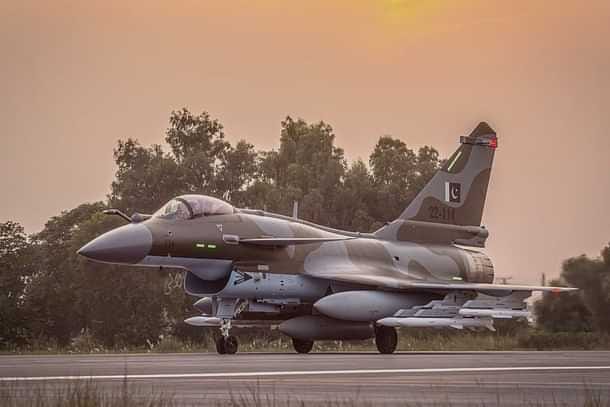
Indian Air Force air strikes have been followed by claims of a downed IAF Rafale and evidence of the combat debut of the Chinese PL-15 long-range air-to-air missile.
In a dramatic escalation of cross-border tensions, the Indian Air Force (IAF) has carried out a wave of airstrikes targeting multiple locations within Pakistan and Pakistan-administered Kashmir. The offensive comes just two weeks after a deadly terrorist attack in Pahalgam, located in Indian-administered Kashmir, which left 25 Indian nationals and one Nepali tourist dead. The Indian government has attributed the attack to militants operating from across the border and has vowed a firm military response.
The Indian Defence Ministry officially confirmed the operation, codenamed Operation Sindoor, emphasising that the strikes are part of a broader strategy to dismantle terrorist infrastructure and hold perpetrators accountable. Indian officials described the campaign as a calibrated yet resolute message to those enabling cross-border terrorism.
Hush-Kit Aviation Newsletter is a reader-supported publication. To receive new posts and support my work, consider becoming a free or paid subscriber.
Meanwhile, Pakistani authorities have claimed that in the course of retaliatory actions, multiple Indian aircraft were shot down. According to Pakistan’s military spokesperson, at least five IAF jets were downed during the engagement. However, independent verification of this claim remains elusive, and Indian officials have neither confirmed nor denied the losses, maintaining a deliberate silence.
In the contested airspace high above the India-Pakistan border, what was once a standoff has erupted into the most intense aerial conflict between the two countries in decades. Reports suggest that Pakistan may have deployed its most advanced air-to-air missile, the PL-15, a Chinese-designed system known for its long range. Analysts believe this marks one of the first combat uses of the PL-15. The PL-15 missile is equipped with active radar guidance, and is comparable to Western systems such as the AIM-120D AMRAAM and the MBDA Meteor.

The missile’s seeker head (possibly photographed on the ground) is believed to utilise Active Electronically Scanned Array (AESA) radar technology, giving it superior resistance to electronic warfare and enhanced target acquisition range. Some sources also suggest it can engage targets at over 200 kilometres under ideal conditions, giving it a formidable edge in beyond-visual-range combat. India also has long-range air-to-air missiles, in the form of Meteors, on its Rafale (though delivered it is not known whether the Meteor are operational). Whether long-range engagements will be seen remains unknown. Such long-range shots require strong situational awareness to avoid the risk of friendly fire, and so far there have been no known examples in air warfare, though last year a Ukrainian surface-to-air missile used shoot-and-scoot tactics to down a Russian Air Force aircraft at an extreme range.
The age of ultra-long-range missiles started with the US Grumman F-14 Tomcat, which entered service in 1974, and the Soviet MiG-31 of 1981. But these heavyweight specialists interceptors were unusual. It was not until the 2010s that longer-range missiles, like the AIM-120D, MBDA Meteor, R-37, and PL-15, began being carried by smaller aircraft.
On-the-ground images and unverified footage have emerged showing wreckage consistent with PL-15 missile components. Debris reportedly discovered in Punjab’s..




